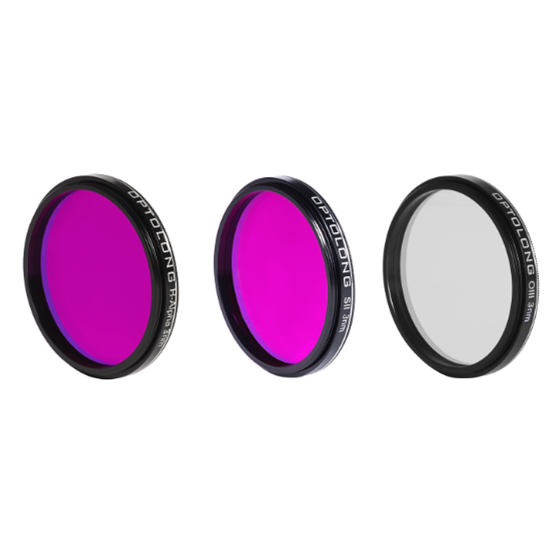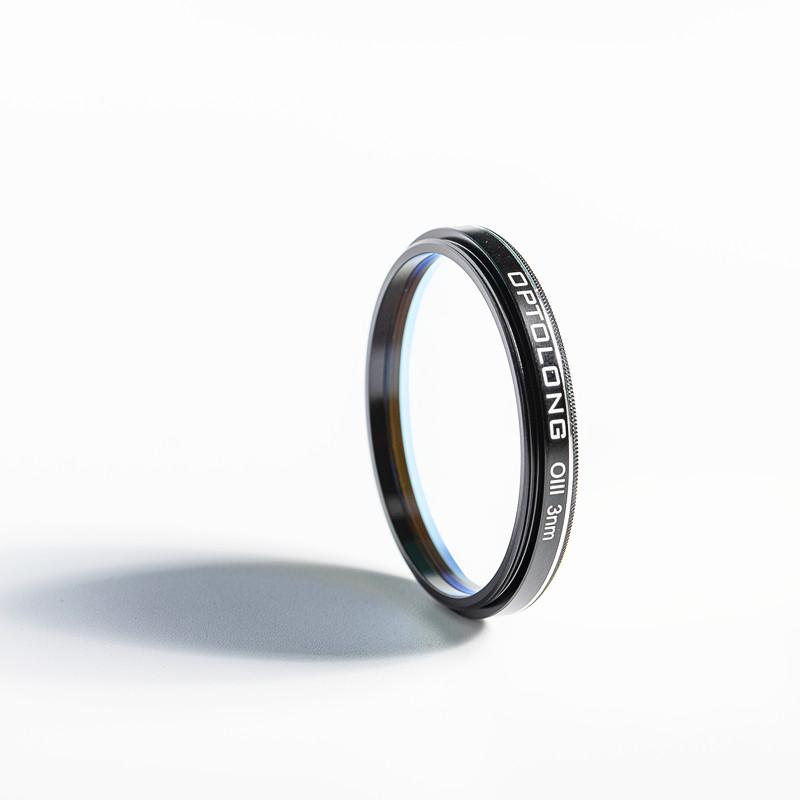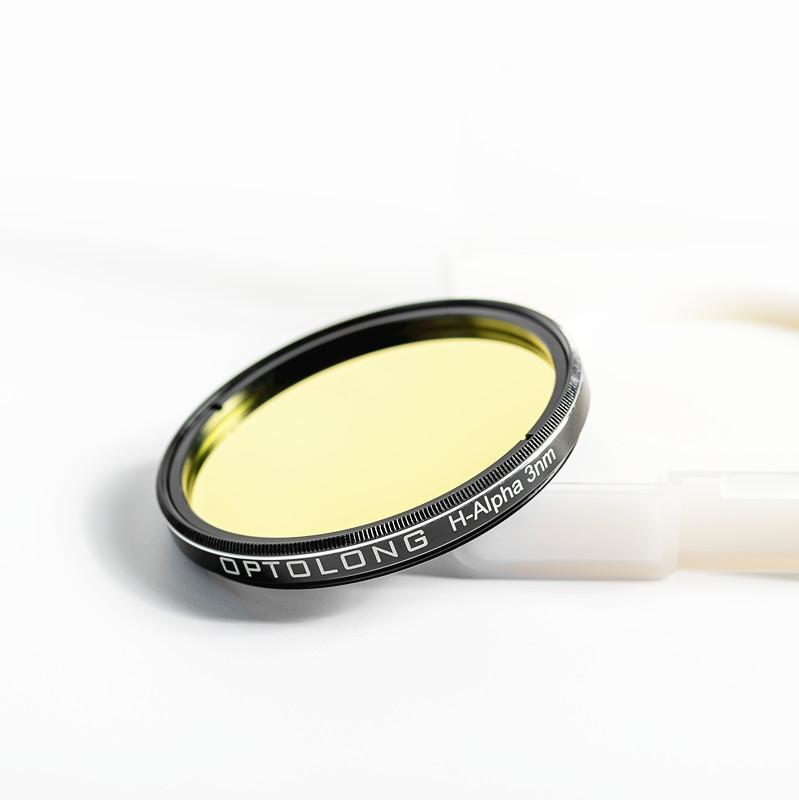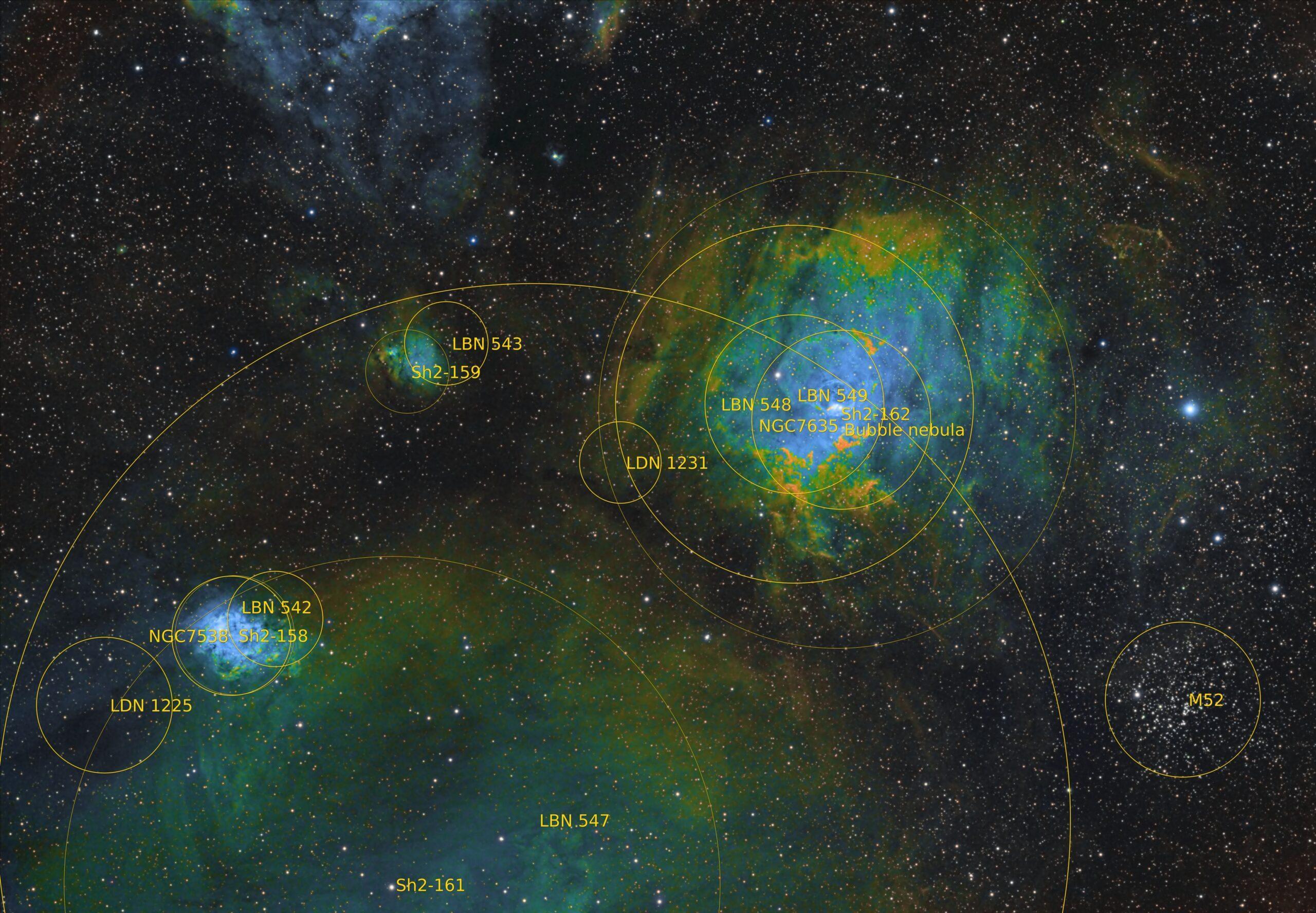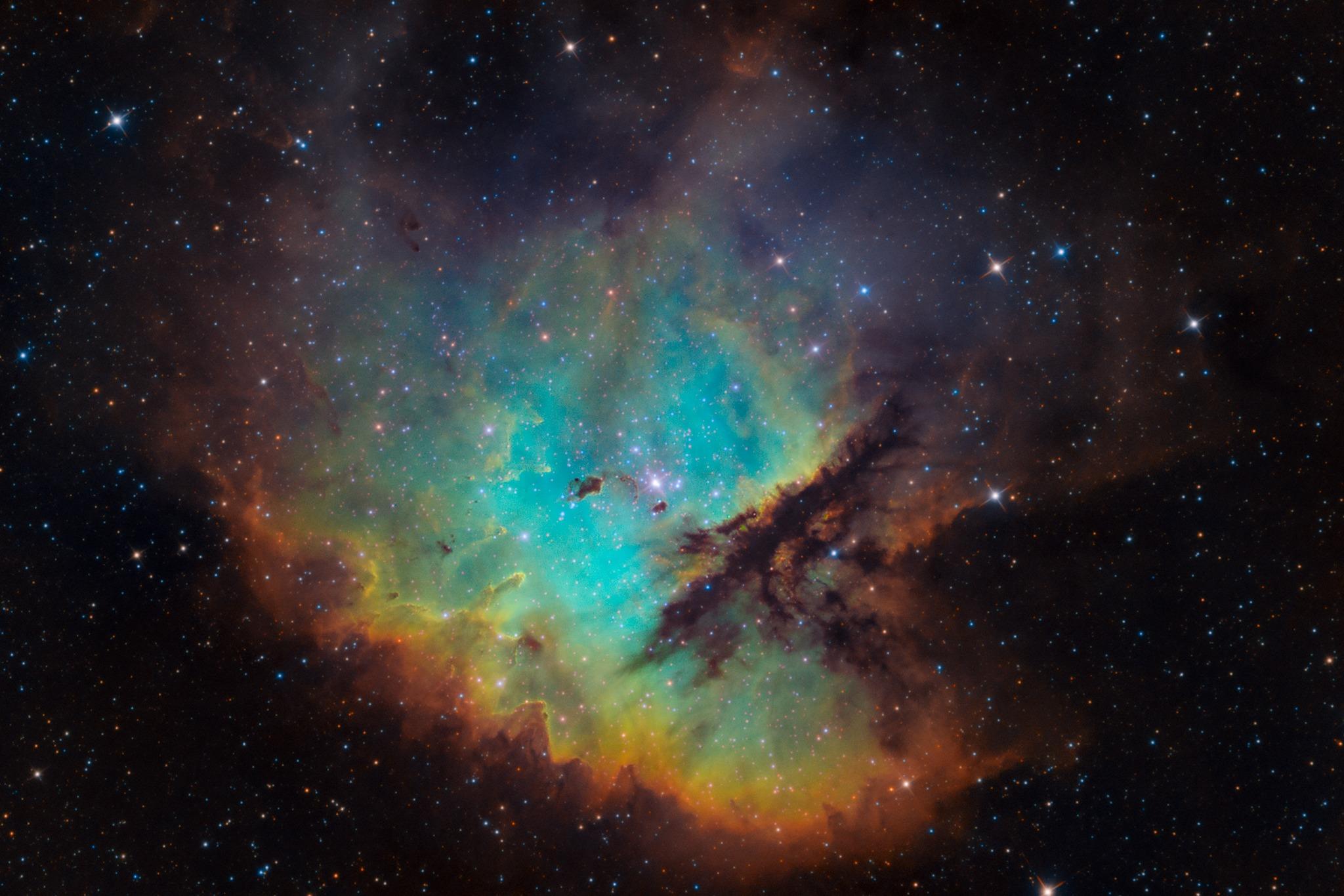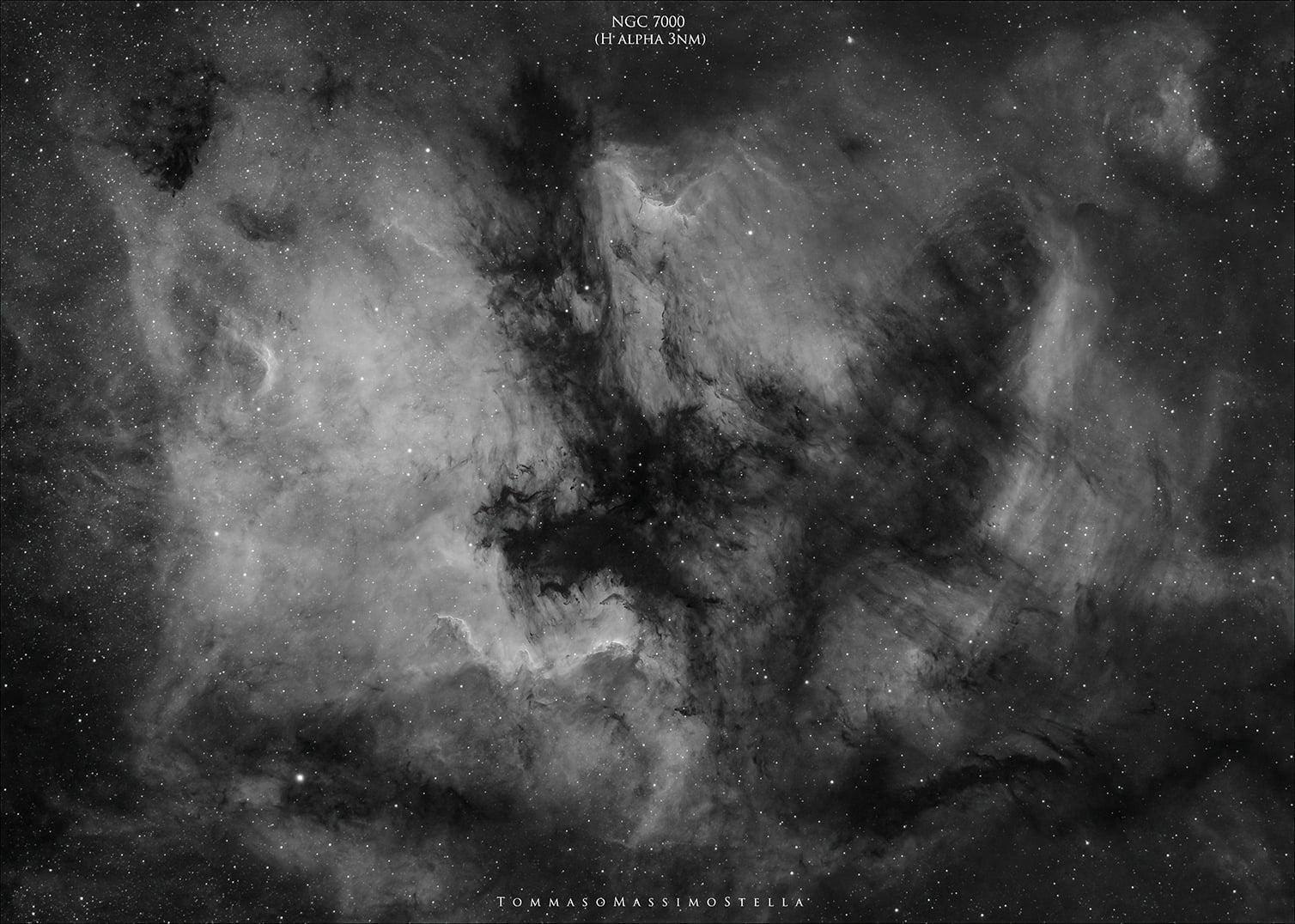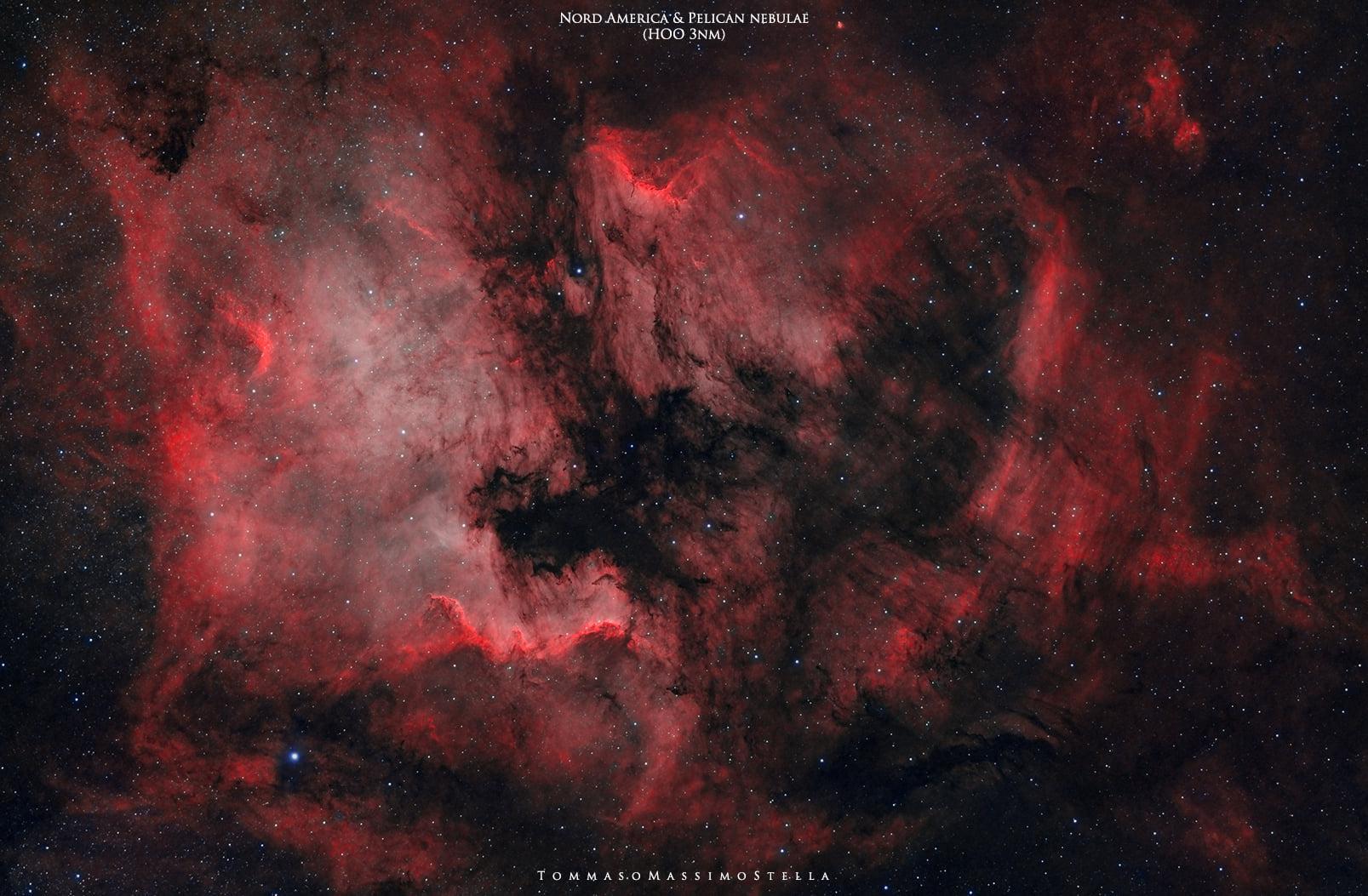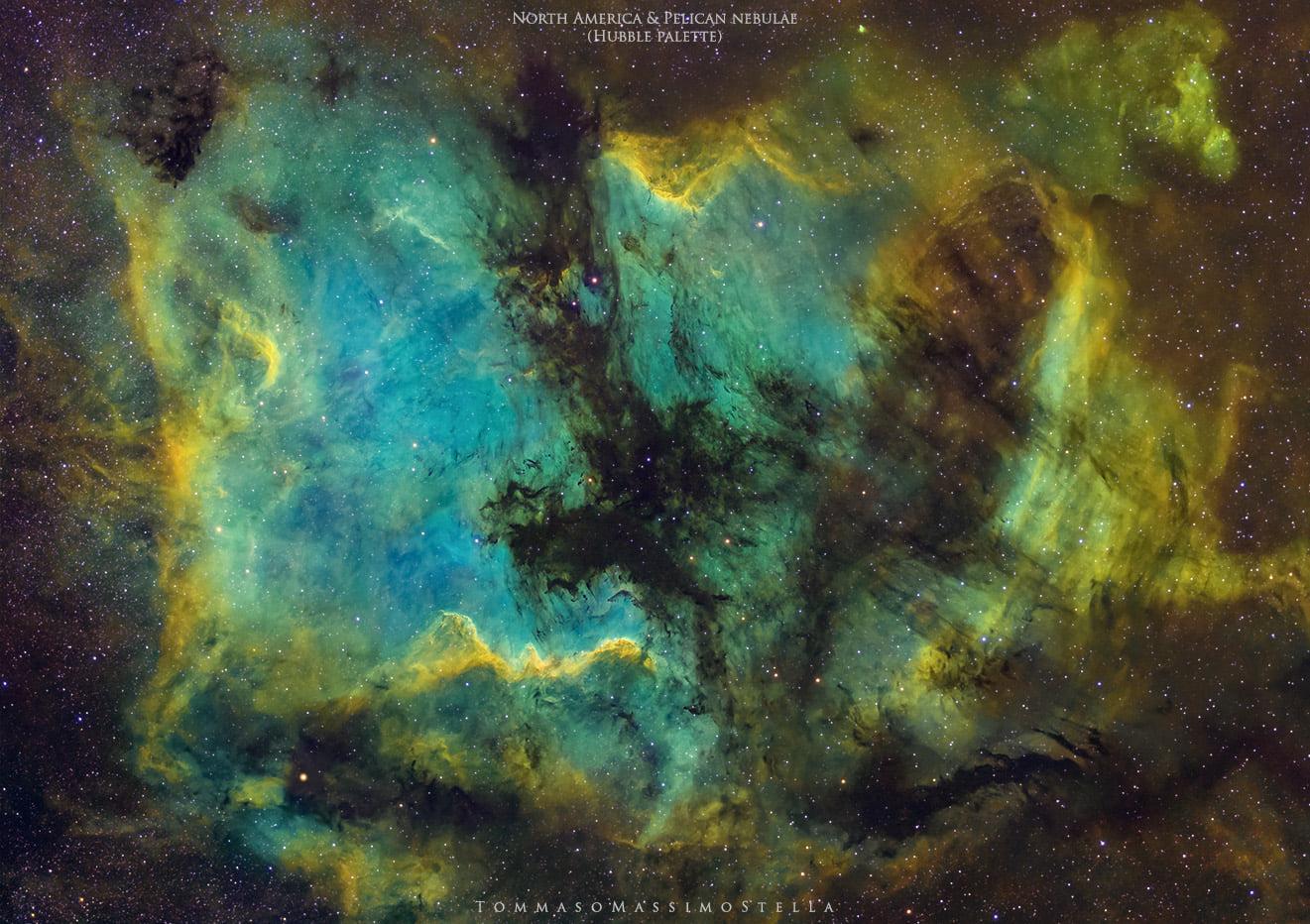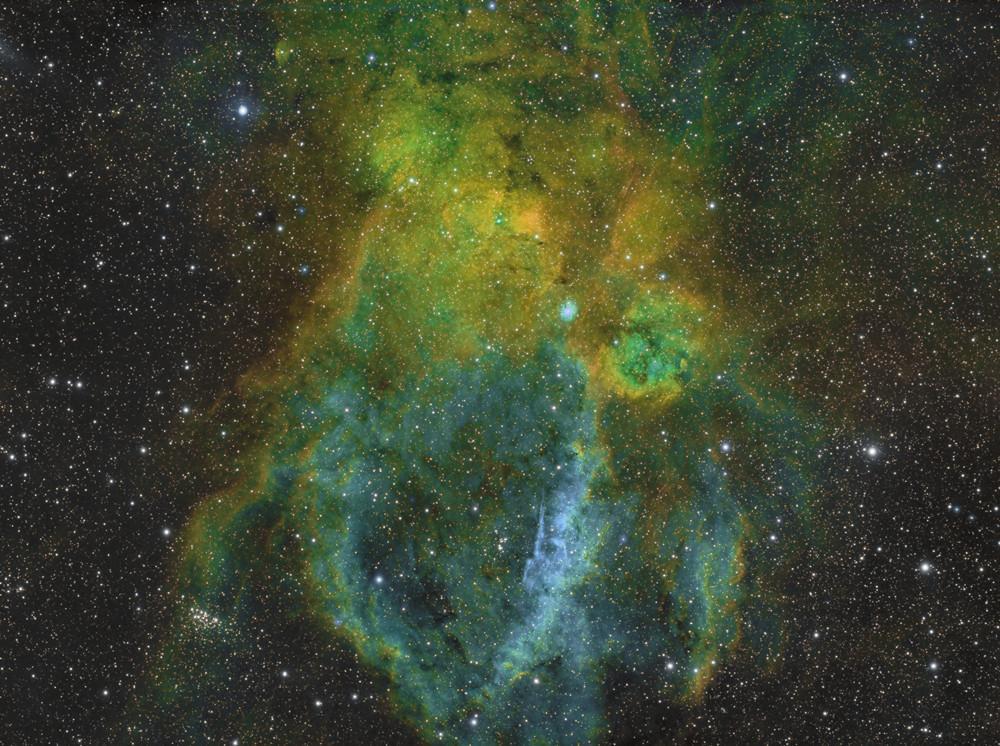-
Description
-
Specification
Optolong SHO-3nm Narrowband Filters Introduction
Optolong SHO-3nm filter kit includes SII 3nm, H-Alpha 3nm, and OIII 3nm narrow band filters, generally working with astronomical monochrome cooling CCD and modified DSLR imaging in each single-channel. Corresponding with RGB channel (HA, OIII, SII), photographers can process Hubble images by astronomical post processing software.
Extra narrowband SIICCD3nm filter (Sulful II for CCD) is designed for nebula observation allowing 3nm bandwidth of light centered on a wavelength of 672nm through, and reducing the transmission of certain wavelengths of light, specifically those produced by artificial light including mercury vapor, and both high and low pressure sodium vapor lights and the unwanted natural light caused by neutral oxygen emission in our atmosphere (i.e. skyglow)
H-Alpha 3nm filter is the popular narrowband filter allowing 3nm bandwidth of light centered on a wavelength of 656nm through, and reducing the transmission of certain wavelengths of light, specifically those produced by artificial light including mercury vapor, and both high and low pressure vapor lights and unwanted natural light caused by neutral oxygen emission in our atmosphere (i.e.skyglow). Better choice of narrowband H-Alpha astrophotographer filter for highest contrast and revealing subtle nebula details.
Extra narrowband OIII-CCD 3nm filter is designed for nebula observation allowing 3nm bandwidth of light centered on a wavelength of 500nm through, which corresponds to OIII emission line, and reducing the transmission of certain wavelengths of light, specifically those produced by artificial light including mercury vapor, and both high and low pressure sodium vapor lights and the unwanted natural light caused by neutral oxygen emission in our atmosphere (i.e.skyglow).
OIII emits 495.9nm and 500.7nm and it is a blue-green colored filter. Many of images of planetary nebula and supernoval remnants are taken only with H-Alpha and OIIII filters. They show great structural details, but have natural colors, looking like an RGB image.
Features:
Give you higher contrast and greater detailed viewing;
Decrease background noise and improve the contrast of objects;
Increase the faint nebula signal and make i tto be brightness;
With narrow band fitlers kit, you are able to process a hubble image;
Through the optimization of the sustrate and upgrading of coating technology.
Reference Spectrum
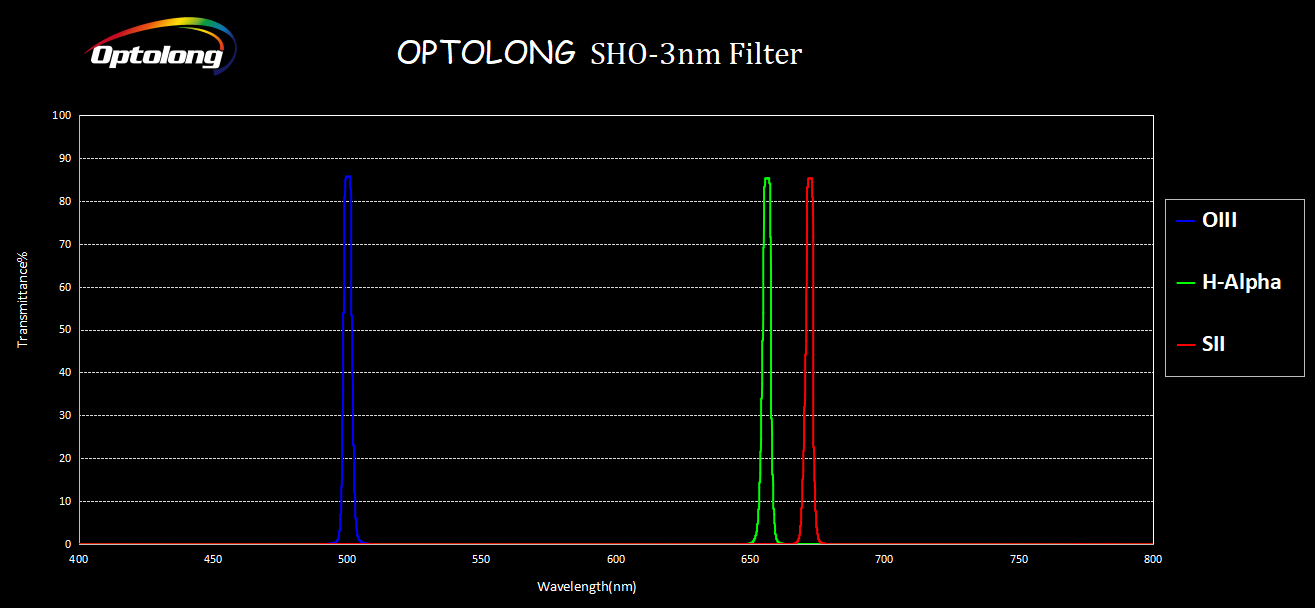
※This curve is only for reference, and is not used as the final product data.
How to read the chart?
▲The horizontal axis is the Wavelength in Nanometers(nm).
▲The vertical axis is transmission in %.
▲The BLUE line shows the transmission of OIII3nm.The H-Alpha 3nm line is showen in GREEN. And the SII 3nm filter line is shown in RED.

Coating Technology
·Multi-layers anti-reflection coating
·Non-cementing optical substrate coating
·Optolong filter adopts precision coating based on Ion-assisted deposition coating technology for durability and resistance to scratching, as well as stability on CWL(central wavelength) no deviation affected by temperature change.
·Planetary rotation system offers precision and homogeneity of coatings ensuring high value on transmission of pass-band and Optical density of off-band.
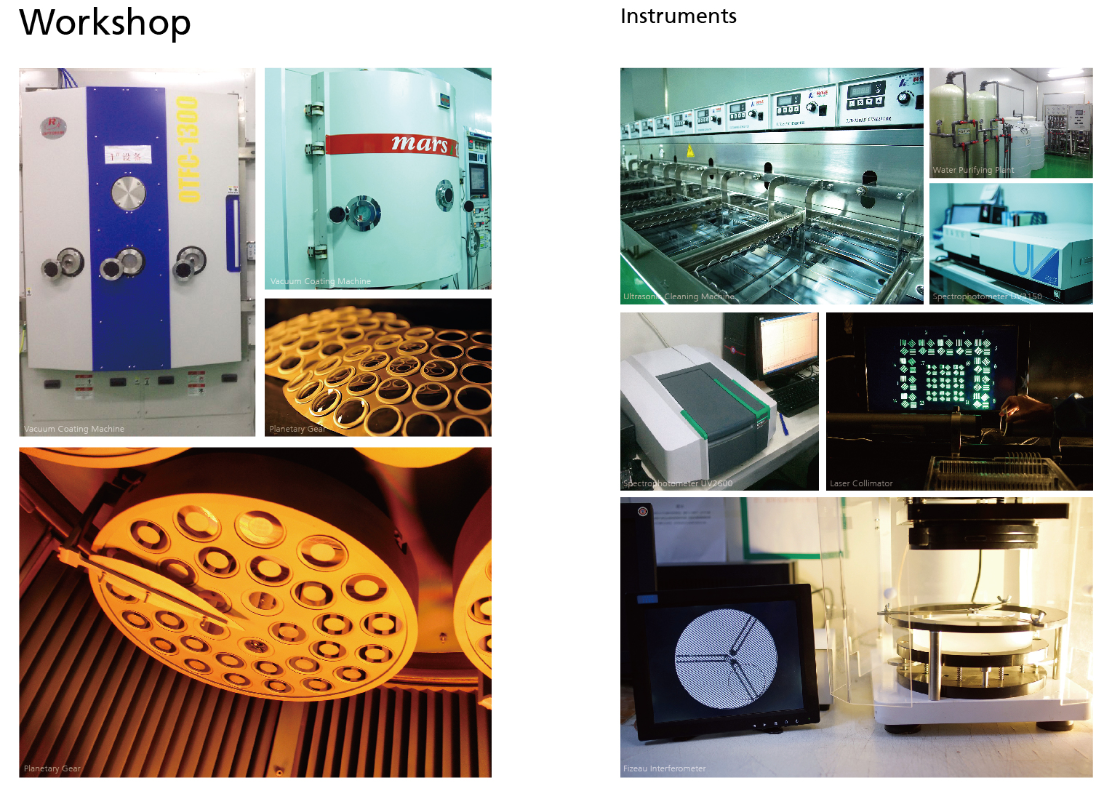
Gloable Price
| Gloable MAP of Optolong SHO-3nm kit (3pcs) Narrowband Filters | Unit Price in USD dollars |
| 2" mounted | $1239.00 |
| Φ36*2.0mm unmounted | $1019.00 |
Package

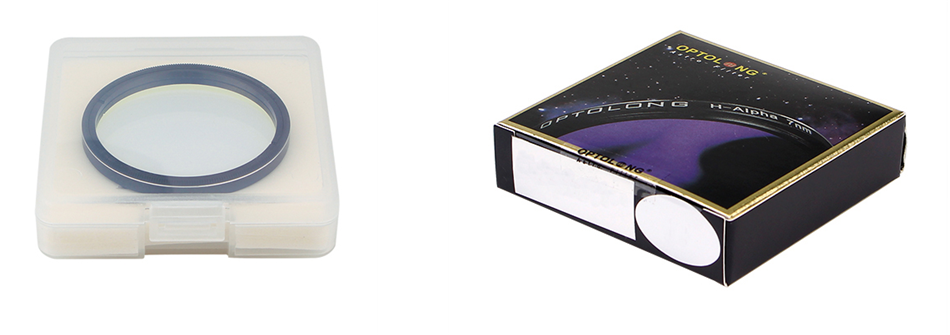
2019 NEW package
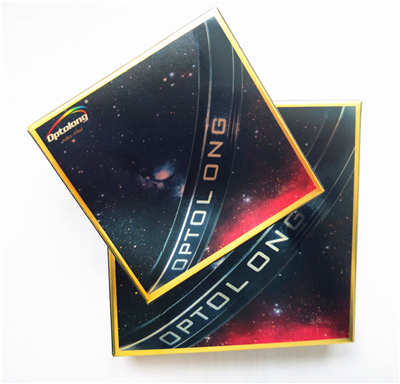
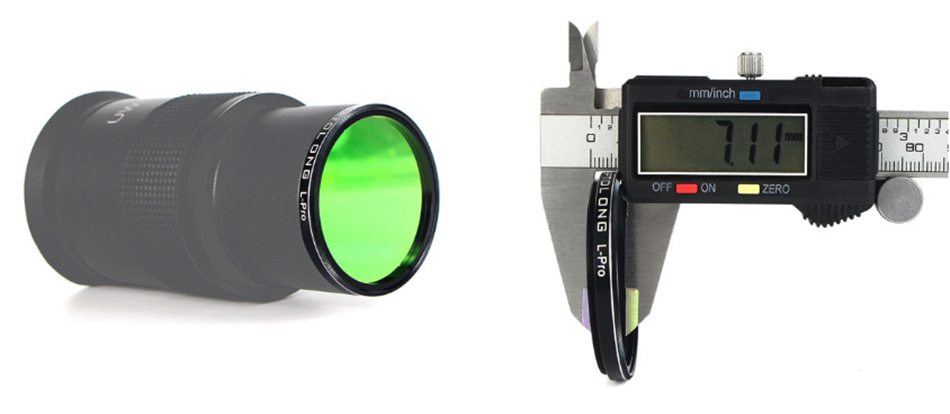
Optolong SHO-3nm Narrowband Filters Performance
As we all know, OIII narrow band filter has always been a problem in the aspect of halo. Thanks to the experience of 7nm narrow band filter, the halo of OIII 3nm filter was optimized by optimizing the coating technology. This time, we also conducted a qualitative halo test in the bright star of veil Nebula, and it can be seen from the original picture that OIII 3nm performs better in the bright star.
Telescope:RASA 11寸 f2
Camera:QHY 600
Mount:艾顿 IOptron CEM120
Optolong OIII-3nm single 10min
Copyright: Wuzhen

I. The Bubble Nebula (NGC 7635) © Astrodoc Ron Brecher
Acquisition, focusing, and control of Paramount MX mount with N.I.N.A., TheSkyX and PHD2. Focus with Optec DirectSync motor and controller. Equipment control with PrimaLuce Labs Eagle 4 Pro computer. All pre-processing and processing in PixInsight. Acquired from Ron‘s SkyShed in Guelph. Average transparency and seeing. Data acquired Oct 18-19, 2021 under a brightly moonlit sky (Moon 12 days old)..
Sky-Watcher Esprit 150 f/7 refractor and QHY600M camera with Optolong H-alpha, O(III) and S(II) 3nm filters – FIRST LIGHT WITH 3nm BANDPASS FILTERS
Ha: 9 x 20m = 3hr00m
O3: 10 x 20m = 3hr20m
S2: 9 x 20m = 3hr00m
Total: 9hr20m
Image scale 0.72 arcsec per pixel
Ⅱ. Pacman Nebula NGC 281 in the Hubble Palette © Luca Fornaciari Astrophotography
Pacman Nebula NGC 281 in the Hubble Palette
With the bad weather persisting I have taken these last few weeks to experiment with new way in the development of narrowband shots.
I'm happy because I'm defining a Hubble Palette that really feels mine, designing it a little at a time.
Narrowband is creative and fun because it allows us a good deal of freedom to experiment with the integration of the individual channels and the image you see is a developing version of what I am building.
The image was obtained with the new 3nm Optolong filters. If the bad weather will allow me a few nights I will soon finish my tests on these filters, but for now the impressions are really good.
240 minutes of Ha, 510 of OIII and 260 minutes of SII with the ASI 294MM and the Sky-Watcher 300 f/4.
I wish you a beautiful sunny day!
SETUP:
Sky-Watcher 300 f / 4 on EQ8R-Pro
ZWO ASI 294MM, Optolong Filters Ha 3nm, OIII 3nm, SII 3nm
III. NGC7000 © Tommaso Massimo Stella
Finalmente, dopo mesi, sono riuscito a testare parte dei nuovi filtri Optolong Astronomy Filter ha 3nm ancora non sul mercato (sono un beta tester).
Ⅳ. Nebulose Nord America © Tommaso Massimo Stella
Test dei nuovi filtri Optolong Astronomy Filter H alpha e OIII a 3nm (non ancora sul mercato) sotto cieli inquinati (Bortle 8/9), con camera a colori e diametro limitato.
Elaborazione basica, senza considerare il colore delle stelle.
Purtroppo il meteo mi ha concesso circa 3 ore per canale, manca ancora l'SII per comporre l'Hubble palette, spero di poter terminare la prossima settimana.
Lights: 12x900s (Ha 3nm) + 20x600s (OIII 3nm)
Telescope: Takahashi FS-60CB + Reducer 0,72x
Camera: QHY 168C
Mount: Skywatcher AZ-EQ6 GT
Processing: DeepSkyStacker, PixInsight, Photoshop CC
V. North America & Pelican Nubulae (Hubble Palette) © Tommaso Massimo Stella
Shooting took place on 1,4,27 and 28 October 2021 in Taranto (Italy) at about 20m above sea level.
Lights: 16x900s Ha + 21x600s OIII + 9x900s OIII + 16x900s SII
Sky: Bortle 9
Total exposure: 13,75 h
Telescope: Takahashi FS-60CB + Reducer 0,72x
Camera: QHY 168C
Filters: Optolong Astronomy Filter Ha, OIII, SII 3nm
Mount: Skywatcher AZ-EQ6 GT
Processing: DeepSkyStacker, PixInsight, Photoshop CC
Ⅵ. The Lobster Claw Nebula © Astrodoc Ron Brecher
Acquisition, focusing, and control of Paramount MX mount with N.I.N.A., TheSkyX and PHD2. Focus with Optec DirectSync motor and controller. Equipment control with PrimaLuce Labs Eagle 4 Pro computer. All pre-processing and processing in PixInsight. Acquired from my SkyShed in Guelph. Average transparency and seeing. Acquired October 28-November 8, 2021 under a partly moonlit sky.
Sky-Watcher Esprit 150 f/7 refractor and QHY600M camera with Optolong H-alpha, O(III) and S(II) 3nm filters
Chrominance: Takahashi FSQ-106 ED IV @ f/5 and QHY367C Pro one-shot colour camera with Optolong UV/IR filter.
Ha: 22 x 20m = 7hr20m
O3: 22 x 20m = 7hr20m
S2: 22 x 20m = 7hr20m189 x 5m
OSC = 15hr45m
Total: 22hr for narrowband image; 37hr45m for broadband/narrowband blend
Image scale 0.72 arcsec per pixel
Processing workflow is for the Hubble Palette image.
The broadband image was processed similar to IC 5068, with the luminance of the narrowband image used instead of Ha alone.
Data Reduction and Cleanup
The WeightedBatchPreProcessing script was used to perform calibration, cosmetic correction, weighting, registration and integration of all frames.
Ⅶ. NGC6960 © Andrea Andreotto Maggi Astrophoto
Telescopio Artec 200
Camera Zwo Asi 294 MM
Filtri Optolong Astronomy Filter RGB HA 3nm OIII 3nm
60 Light RED 300 sec
60 Light GREEN 300 sec
60 Light BLUE 300 sec
36 light HA 600 sec
36 light OIII 600 sec
Montatura 10 Micron 1000 hps
Software Voyager Astrophotography Automation
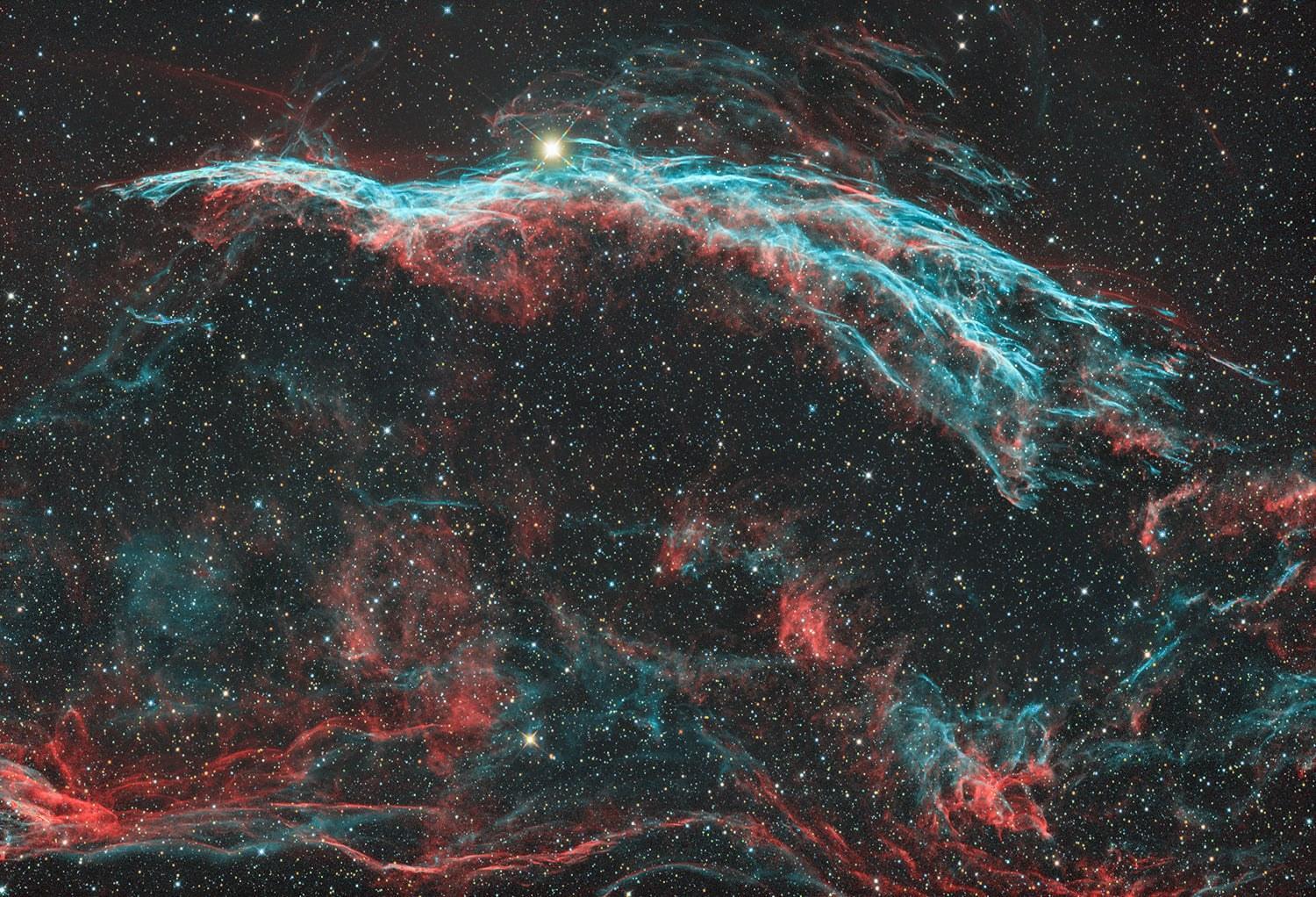
Ⅷ. Rosette nebula © Andrea Andreotto Maggi Astrophoto
Prove di post su vecchie riprese
Telescopi o obiettivi di acquisizione: Sharpstar 76EDPH ·
Camere zwo asi 071 MC zwo Asi 1600 MM zwo asi 2600 MC
Montature: SkyWatcher EQ6 PRO GOTO
Filtri: Optolong 2" Ha O3 S2 · Optolong L-Pro 2" · Optolong L-eNhance
58 light 300 sec L-PRO
70 light 600 sec L-eNhance
20 light 600 sec HA
20 Light 600 sec OIII
20 Light 600 sec SII
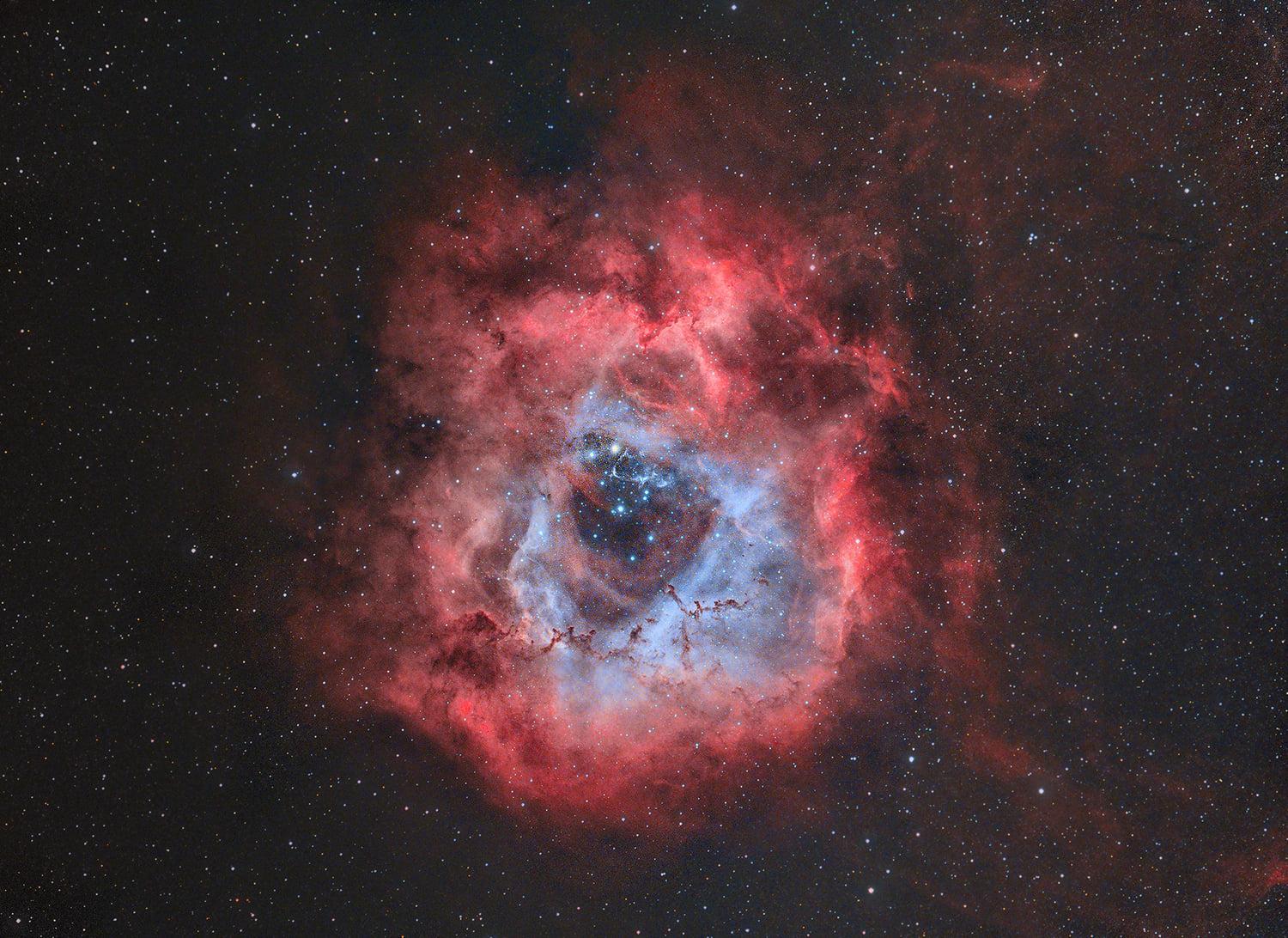
Lens: SharpStar ACL200
Camera: ZWO ASI 6200 MM Pro
Mount: iOptron CEM60
Guide: SharpStar ACL200
Star guide camera: ZWO ASI290MM mini
Software: Pleiades Astrophoto PixInisight ·Astro Pixel Processor
Filter: Optolong Ha 3nm
Copyright:鸭哥
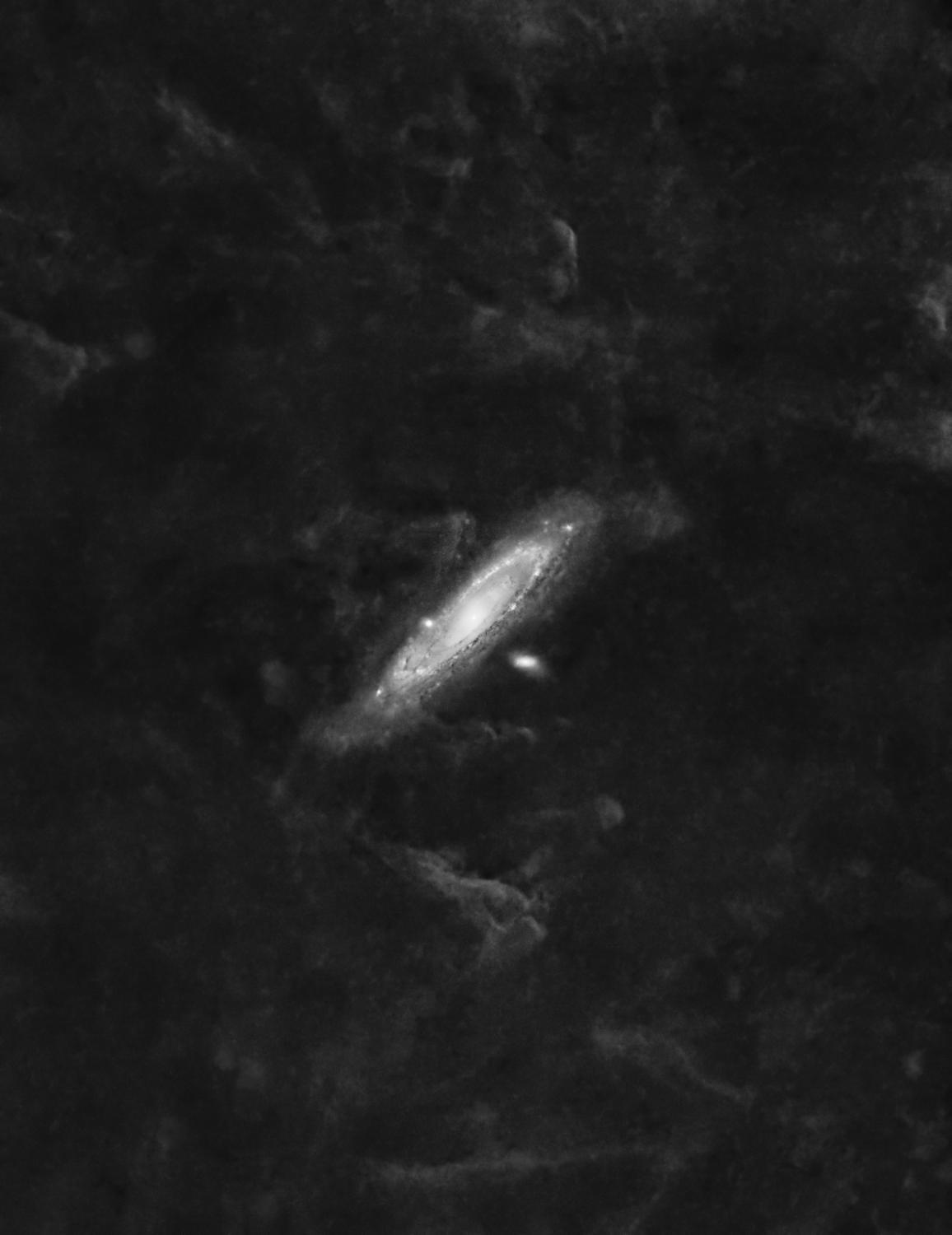
Warm prompt
●About color: due to the influence of ambient light, color difference of the display and flash photography, the color of the product may have some color difference. Detailed color is in accordana with the final product.
●About coating: the interference filter will show different colors under different light, which is a normal phenomenon. Please refer to the material object.
●About the style: in order to improve the product, the change of design/appearance/parameters has not been updated in time. Please see the subject produce.
●About the description: the series of this product have the same material, technology and design, different sizes only, please note.
Optolong improved SHO-3nm kit features:
★2" mounted
★Φ36*2.0mm unmounted

